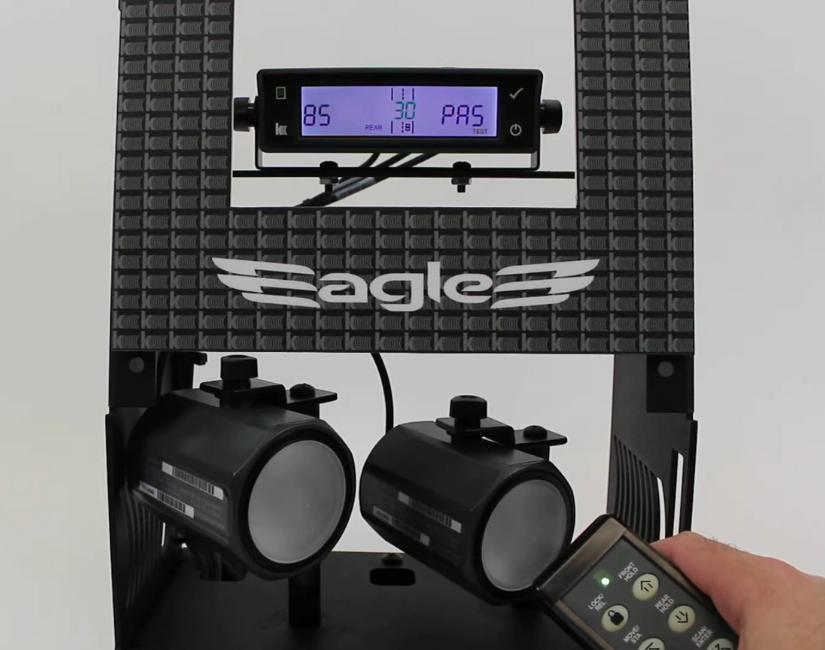Since 1947, RADAR has been used by law enforcement to measure the speed of vehicles. As the years and technology have advanced, RADAR as a law enforcement tool has become more accurate and easier to use. While RADAR can be essential for identifying speeding violations, if its accuracy is in question, the case may not stand up in court.
Verifying Accuracy with the Tuning Fork Test
While display, indicator tests, and an in circuit test check are used to test the proper functioning of a RADAR unit, its accuracy is most often determined by a tuning fork. The tuning fork test is an accepted legal standard for establishing RADAR detector accuracy, dating back to the precedent set in 1966 by State v. Tomanelli 1966 152 Conn 365, 216 A2d 625.
The tuning fork test ties together the internal self-tests and patrol speed tests and completes the testing signal path. The tuning fork signal travels through the entire RADAR system signal path and the frequency of the tuning fork is accurate enough to verify the RADAR system’s specified tolerance.
Kustom Signals has long recommended tuning forks to test traffic RADAR (per the RADAR operator’s manual). These tests should be performed at the start and end of each shift. It is important that the tuning fork tests are done correctly in order to verify the RADAR’s accuracy.
Eagle 3 E-Fork: Faster, Easier, and More Accurate
The Eagle 3 E-Fork from Kustom Signals has the ability to perform a comprehensive Advanced Fork Test on two antennas in under 20 seconds, making it one of the fastest available. Its ability to check the system’s accuracy quickly is a significant advantage, especially in municipalities and states that require a fork test for each speeding citation.
While fast is good, accuracy is essential and this is where the Eagle 3 excels. It has the option to require users to perform a successful fork test before the RADAR is used, which is ideal if the accuracy of the system is challenged in court. Unlike a traditional tuning fork, it won’t ring differently at extreme temperatures.
Speed, accuracy, and ease of use make the Eagle 3 a preferred testing choice. A traditional tuning fork test can be conducted incorrectly without proper training or by improper positioning of the fork. The Eagle 3 will prompt the officer to ring two fork frequencies on both antennas for a clear pass or a failed result. The Eagle 3 also produces a consistent signal that doesn’t dampen over time, like a traditional tuning fork.
Eagle 3 E-Fork Versus Traditional Tuning Fork Test
To see the differences between the Kustom Signals Eagle 3 E-Fork versus a traditional tuning fork test, view a side-by-side comparison in this two-minute video:
Beyond its performance, capabilities, and ease of use, the Eagle 3 also features an events log that will store locked target data and GPS-marked location on its internal memory, as well as critical information regarding the unit’s fork tests. This data can be easily downloaded with a PC utility.
For more information about the Eagle 3 or any of our Kustom Signals products for your law enforcement agency, contact us today. We’re here to answer any questions and we can help you determine which product is the perfect fit for your officers.

